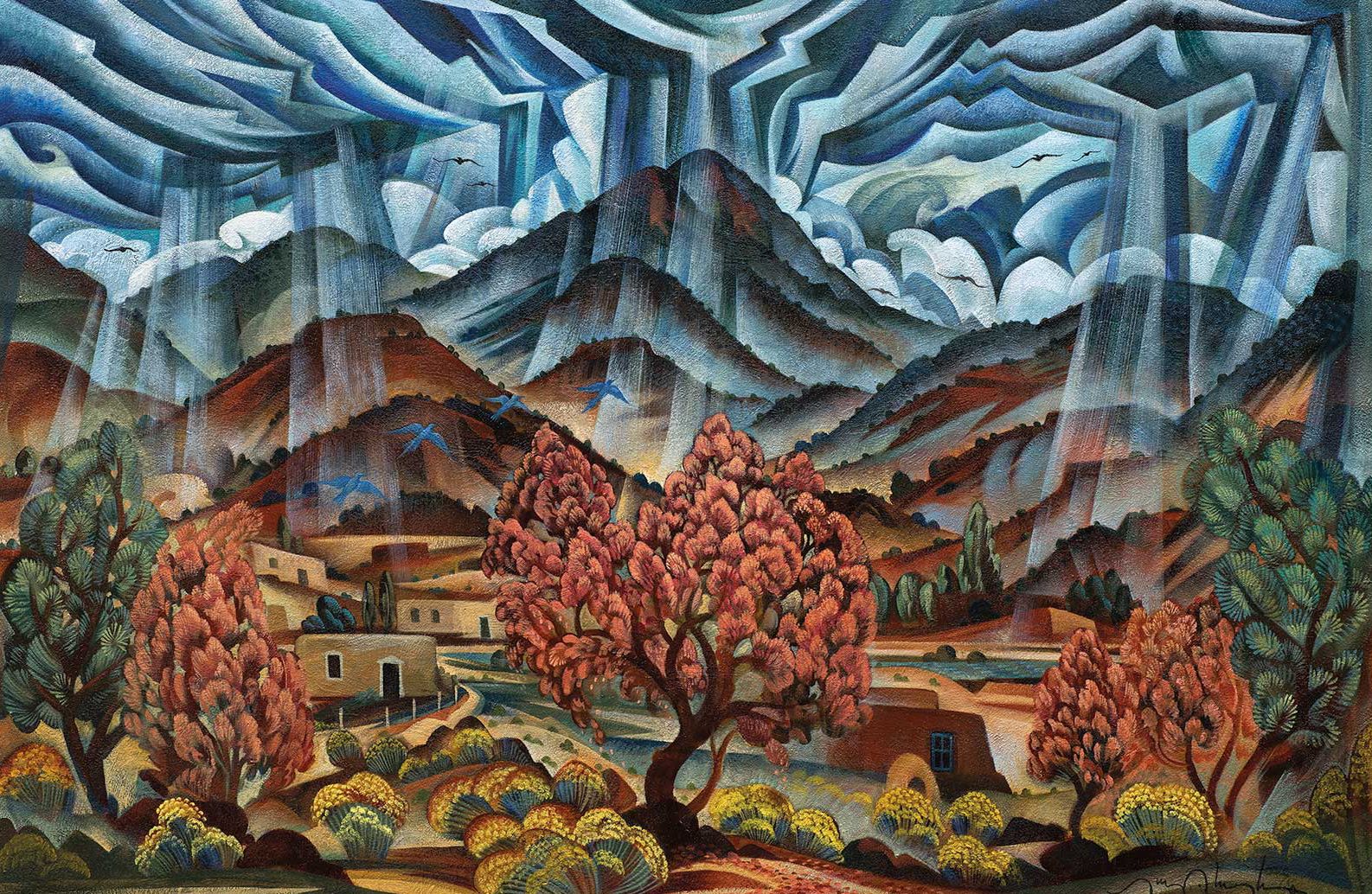Table of Contents Show
When asked to consider Native Americans, what is the image that immediately comes to most people’s minds? That they were friends with the pilgrims? That they throw wild forest parties, are the perfect foils to spaghetti western sheriffs, and endorse some of the US’ most popular sports teams? How about the fact that Native American women are among the demographic most affected by physical assault and sexual violence ((“Racial and Ethnic Differences in Homicides of Adult Women and the Role of Intimate Partner Violence — United States, 2003-2014.” CDC.GOV. 2017))? Or the continuous battles to keep the US government from encroaching on indigenous territories in order to repurpose and misappropriate tribal lands forcibly…again? If this information on North America’s indigenous peoples comes as a shock, join the millions of citizens who have also fallen prey to one of modern culture’s most effective means of psychosocial manipulation: entertainment media.
You’re Biased, Baby
The root of this particular issue is biased. Bias is the unbalanced prejudice in favor of or against any one subject, person, or group. Inherently, bias is an unfair assumption formed from inaccurate or incomplete information. It is also one of the fundamental elements that much of entertainment culture was founded on, creating many basic beliefs that the average person unconsciously learns to gravitate towards, taking them as fact rather than manufactured viewpoints.
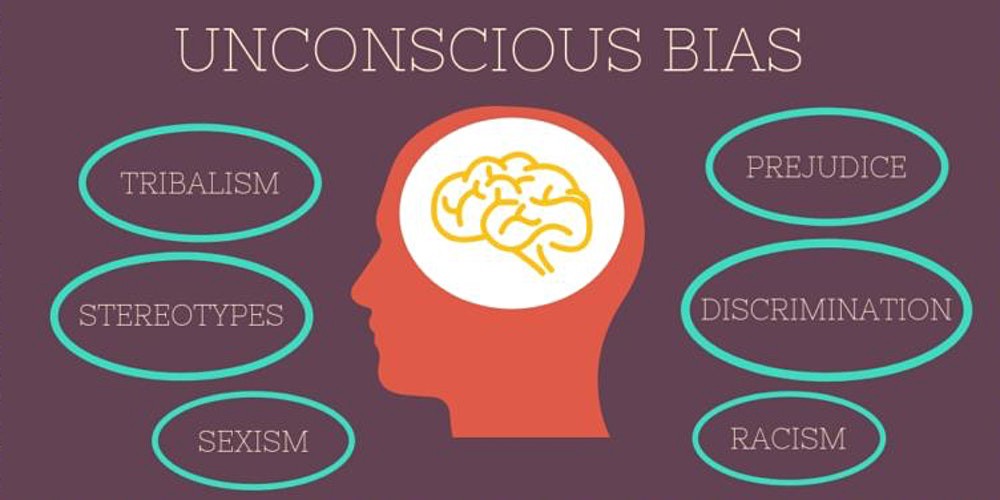
This is how we know that all jocks are dumb, Instagram models are the standard for beauty, and indigenous people live harmonious lives in their own personal cities across America. Except, while there may be grains of truth scattered throughout, these statements are all objectively untrue. These gross generalizations are widely accepted because that is the narrative osmotically fed to consumers. Albeit, bias isn’t strictly bad; however, unchecked generalizations can be intensely harmful. This is why it is important to be mindful of when a growing bias is at play, especially since biases begin to form at a young age.
Written By The Victors
An annual tradition for many US families is watching the various Charlie Brown holiday specials. Among those is the documentary-style special, This is America, Charlie Brown, where the Peanuts gang recount the settlement of the Plymouth Colony. Along the way, the audience is introduced to Squanto, the English-speaking native who cheerfully taught the pilgrims how to propagate his former tribe’s homeland properly. This partnership leads to the first Thanksgiving and a peace treaty between the pilgrims and the Wampanoag indigenous people they now called their friends.
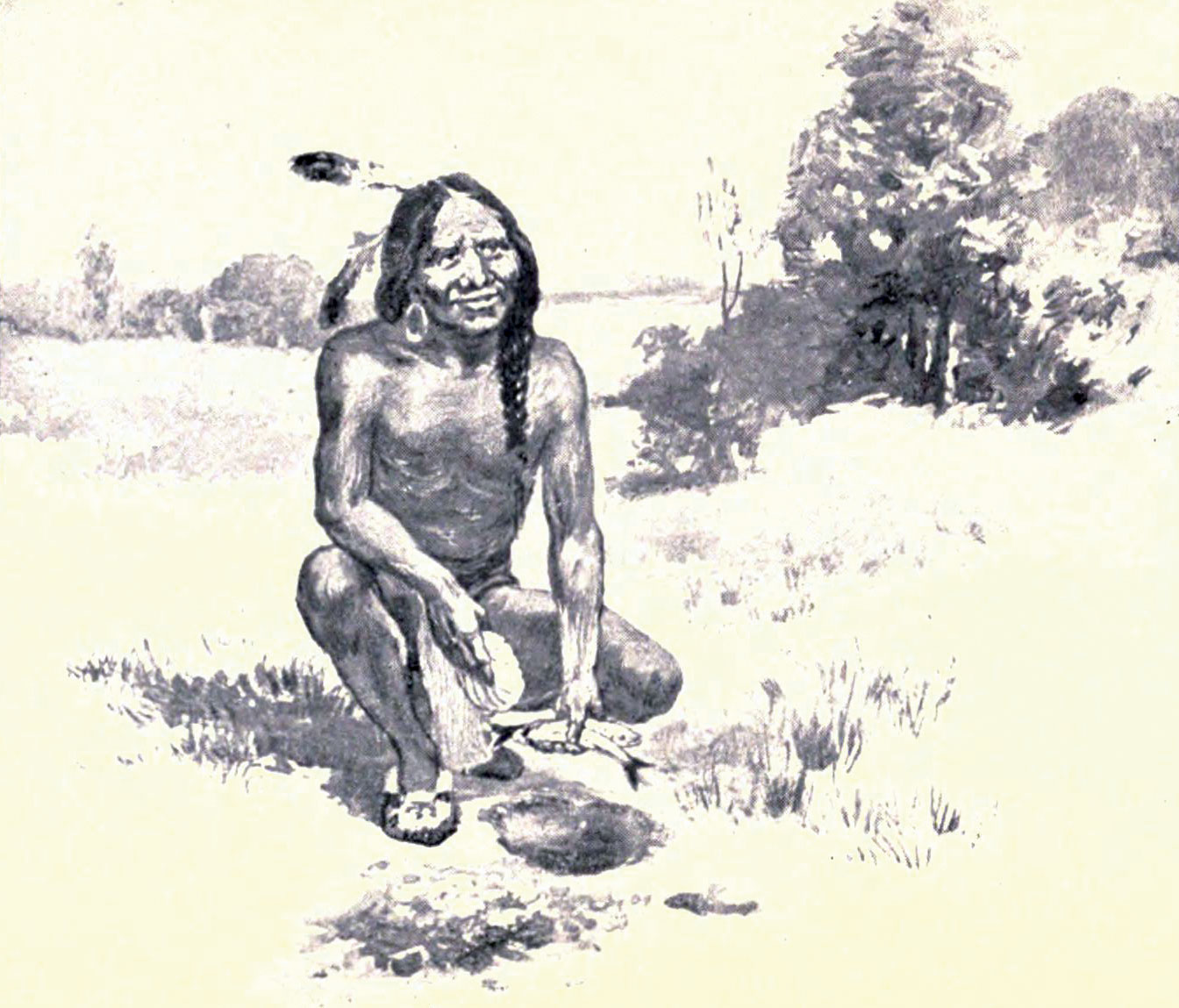
What the special glossed over was Squanto’s several kidnappings and enslavement, the invasive smallpox epidemic that completely decimated Squanto’s former tribe and the leptospirosis outbreak that all but wiped out the Wampanoag tribe, influencing the decision to make a peace treaty that would ultimately last for 50 years before European settlers systematically expunged 90% of North America’s indigenous people.
While the show does briefly mention some of the aforementioned issues, it serves as just one example of a concerning trend in American consumerism: an incomplete narrative of the relationship between indigenous people and European settlers — set to jaunty nostalgic music, no less — that was viewed in schools and homes for decades as an accurate representation of American history. The influence of this single 25-minute episode serves as the basis of millions of Americans’ ideas of what happened to the US’ indigenous people.
The New Frontier, A New Crusade
The hits don’t stop at children’s animation. The way entertainment media has portrayed people of color has been an ongoing issue since the dawn of visual broadcasting. From the minstrel shows of the 19th century to current A-listers like Emma Stone and Scarlett Johannsson depicting characters of color in major films, the subject of accurate representation in mass media is a multi-faceted dilemma that ultimately culminates in the diminution of minority cultures.
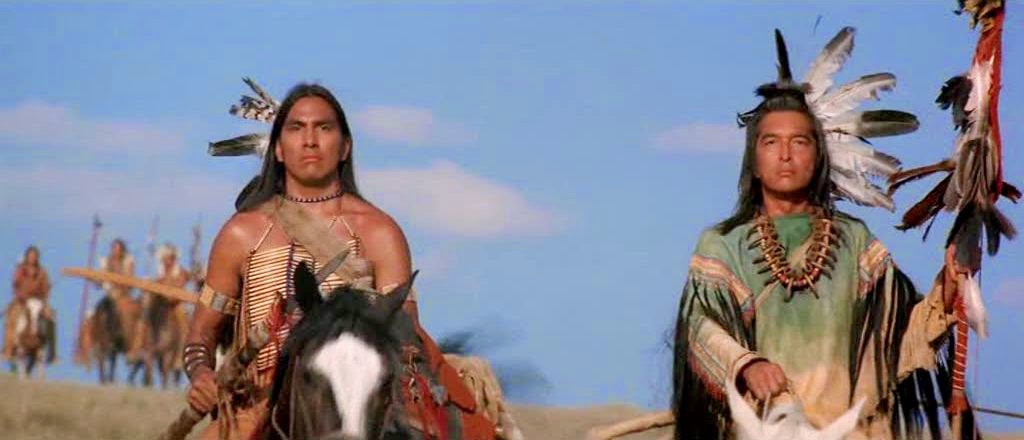
For indigenous people, the largest impact comes from the popular Western genre. Starting in 1883, traveling Buffalo Bill-style Wild West Shows toured the US, hiring ‘tamed’ Native Americans to perform in elaborate rodeos where many Americans became introduced to ‘Native culture.’ Americans watched as Native actors reenacted crushing defeats like the Battle at Wounded Knee while putting aspects of their culture — like ceremonial dress and rituals — on display. These shows became a symbol of Euro-centric supremacy, where the American Dream fought the savages and won.
From Wild West Shows came the popular Spaghetti Western genre that showed roguish cowboys and dashing sheriffs battle the “western barbarian” to keep America’s prospects safe. This new medium widely portrayed indigenous people as brutal and alien and reinforced the notion that their ways were a thing of the past, only existing to be struck out so that the New World could rise in its stead. And still, for indigenous people looking for opportunity, Native American actors were hard-pressed to land ‘leading’ roles in these movies. The more prominent roles went to non-Native actors, while Native Actors were given low-paying background roles.
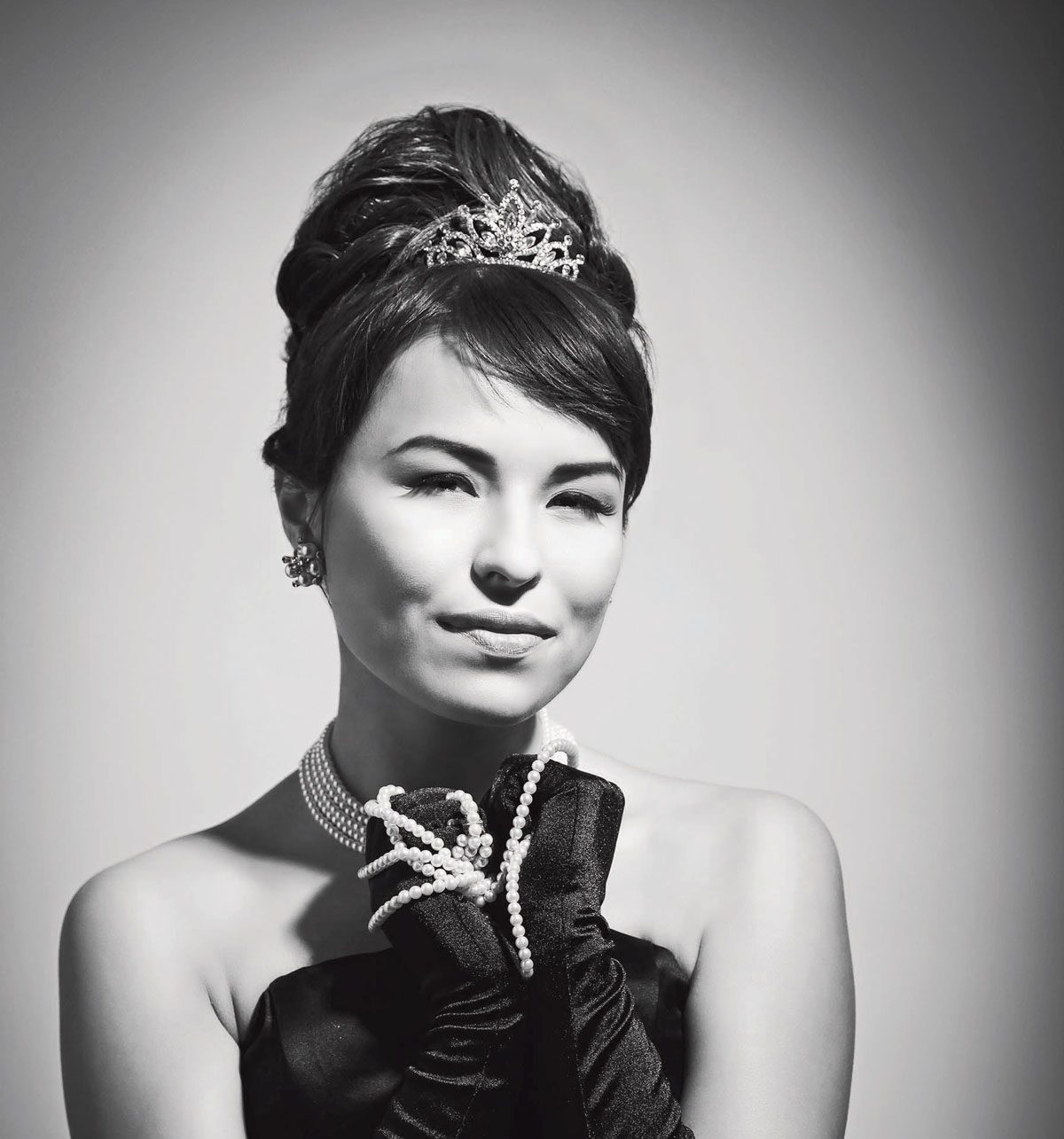
Classic cinema was — and still is — plagued by this phenomenon with notable stars, including the likes of Audrey Hepburn, emphasizing the insensitive, and often downright racist, stereotypes exhibited throughout the decades. This power dynamic persisted well past the last Wild West Show to become the standard for how indigenous people are viewed. Now, indigenous culture no longer represented the generational ethos of an entire group of people; instead, public perception saw Native heritage as a source of entertainment — a parody depicting yet another manifested victory for colonization.
It would be a small relief to say that this antiquated practice was a thing of the past. However, as recently as 2015, controversy arose when a dozen Native American actors walked off the set of Adam Sandler’s The Ridiculous Six, citing a racially degrading script for the act of protest. While producers were quick to claim the movie was Western movie satire, it’s equally arguable that urging audiences to laugh at stereotypes created through mockery serves the singular purpose of further shaming that culture.
Play Ball!
After having watered-down and repackaged an entire culture for the sake of exploitive entertainment, the unfortunate trend has only doubled with the advent of new revenue streams. With the rise of competitive contact sports came the rise of using people as mascots. Over years of debate, many have argued that having your heritage caricaturized, displayed, and put to work for the entertainment of its oppressors is something to be celebrated.
The thought is that mascots embody the force of nature, the fighting spirit, bringing honor and homage to all it represents. However, the reality is that there is nothing honorable about having the most revered and spiritual elements of one’s culture ogled at and judged by millions of people who neither understand nor care about its roots. There’s nothing joyous about witnessing thousands of fans painted as a parody of historical leaders while they shout literal racial slurs. And there’s nothing fun about being told by the people who make millions of dollars off your pain that what’s happening is okay and will continue because they said so.
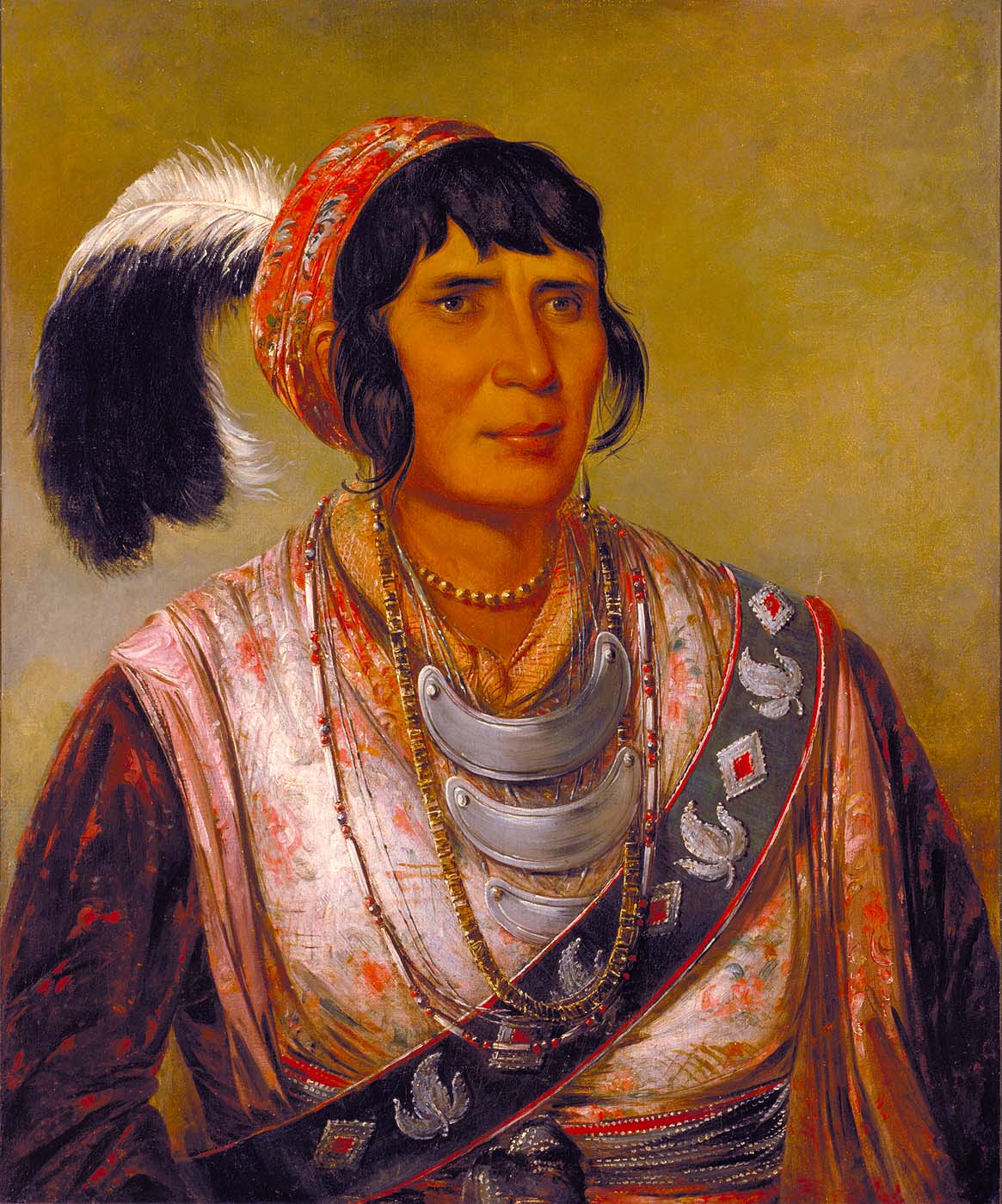
Luckily, there does seem to be new dawn coming for this distasteful practice. In 1977, Florida State University initiated talks with the local Seminole tribe and came up with a mutually beneficial plan for the school’s new symbol. Instead of blindly appropriating sacred symbology, FSU asked the Seminole tribe to design their school symbol, Chief Osceola. They also offer university classes that detail Seminole history and actively work to counteract the spread of racial stereotypes by banning headdresses and retiring the term ‘mascot.’ While Chief Osceola and his Appaloosa stead, Renegade, open home, and championship games, it’s school policy and tradition that they will never act as cheerleaders.
Although many still oppose the FSU tradition, it does offer the Florida Seminole something that most indigenous groups never receive: agency. Thanks to this agreement, the Florida Seminole tribe has the opportunity to build a sense of pride alongside the team, instead of watching outsiders speak on their behalf. By being given the grace to control their own representation, the Florida Seminole people — for better or worse — get to tell their own story and feel connected to those who appreciate it.
Many professional sports teams use indigenous people as their mascots and logos, while over two-thousand high-school and collegiate teams do the same. After 80 years, the most highly contested name in football was finally retired just this past summer, leaving the Washington Football Team temporarily without a name but with a lot more pride. This shows that proper representation is worth fighting for and that speaking up can make a difference. While there’s so much more work left to be done, impactful moves are being made.
Dare To Care
These entertainment media instances have spent too long imposing a harmful viewpoint of the history, culture, and societal well-being of America’s indigenous people. A slew of unreformed sociopsychological messages has combined to make a vague amalgamation of assumptions that leave many unsure of what they do or should know, leaving a well of apathetic inaction in its wake.
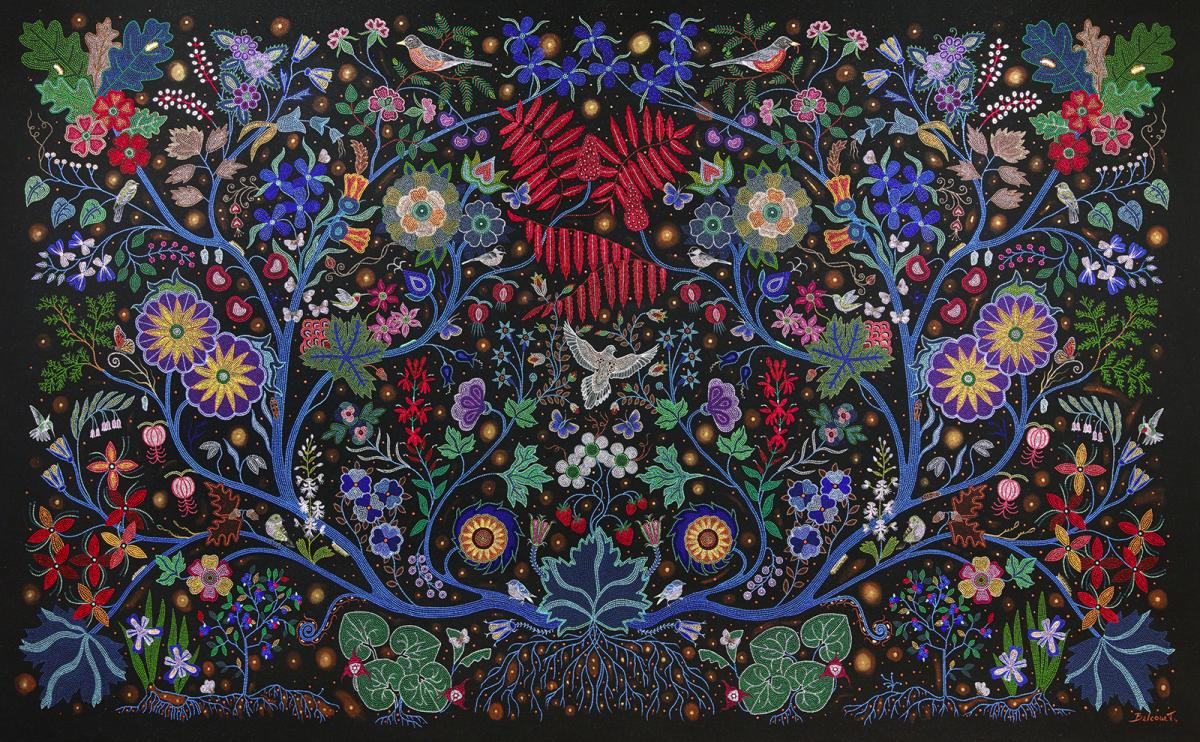
The general idea that “things were okay, then they were bad, but now they’re fine” is detrimental to the indigenous community, acting as a deterrent for further inspection that leaves critical issues unaddressed within the indigenous community. Simply put, the lack of appropriate representation for indigenous people has effectively become a lack of any representation at all. Mass media is one of the most powerful modern tools available, but it’s also one of the most powerful weapons. Media exposure can make or break careers, win or lose elections, and ultimately decide whether lives are saved or lost.
Take Up The Challenge
Going into the new year, take up the challenge to think critically. Be encouraged to dig deeper into areas that are unfamiliar to you and even areas that are. Champion proper representation for all because what you see doesn’t just impact you — it can impact a nation.
